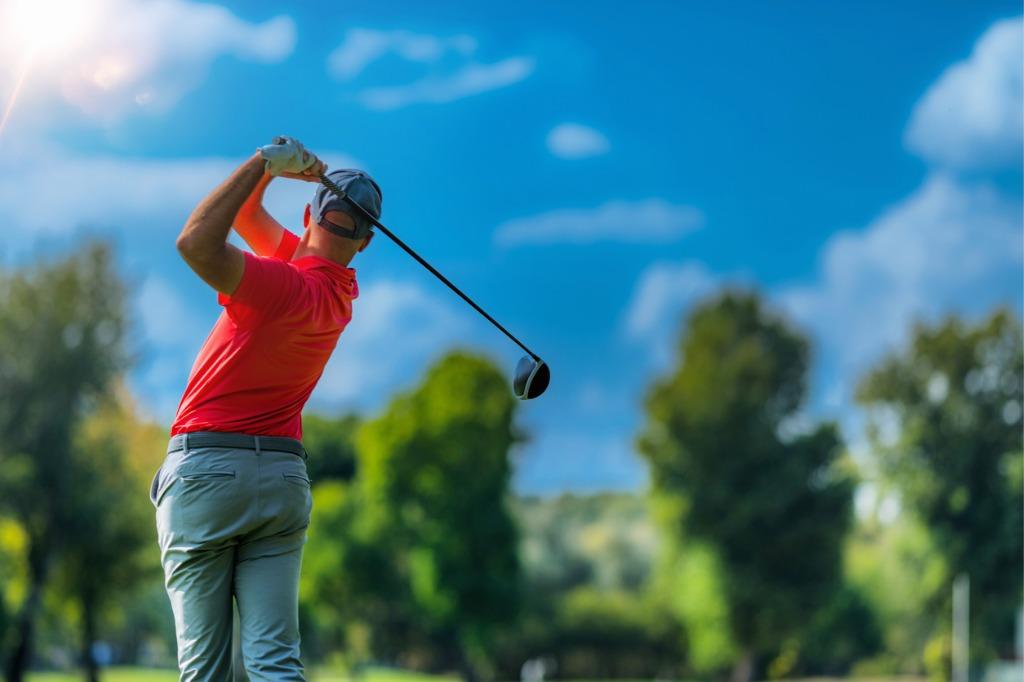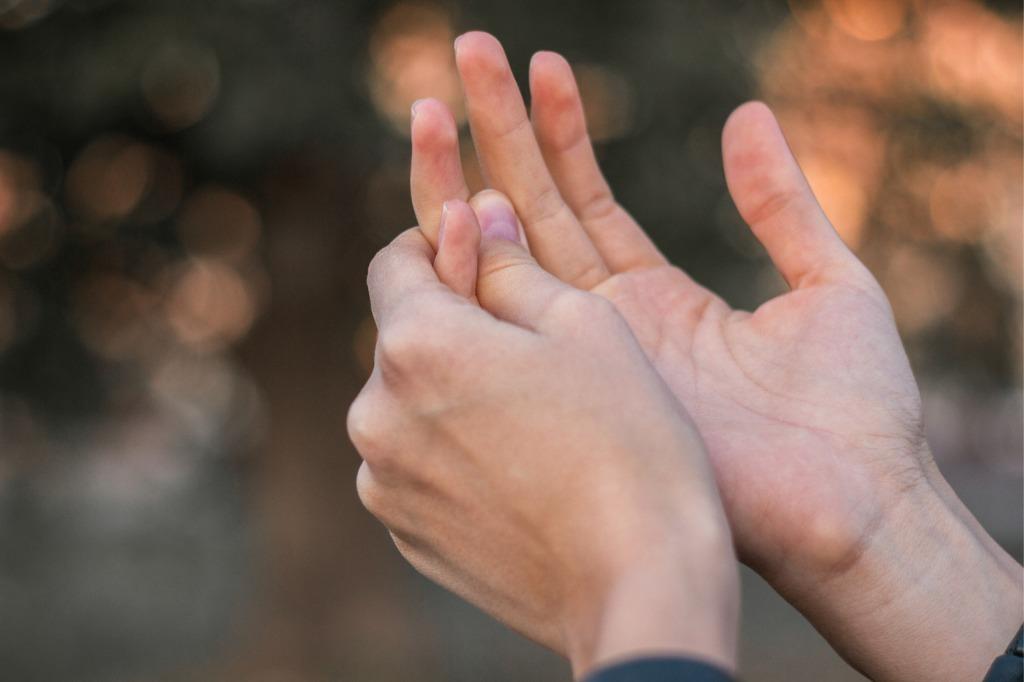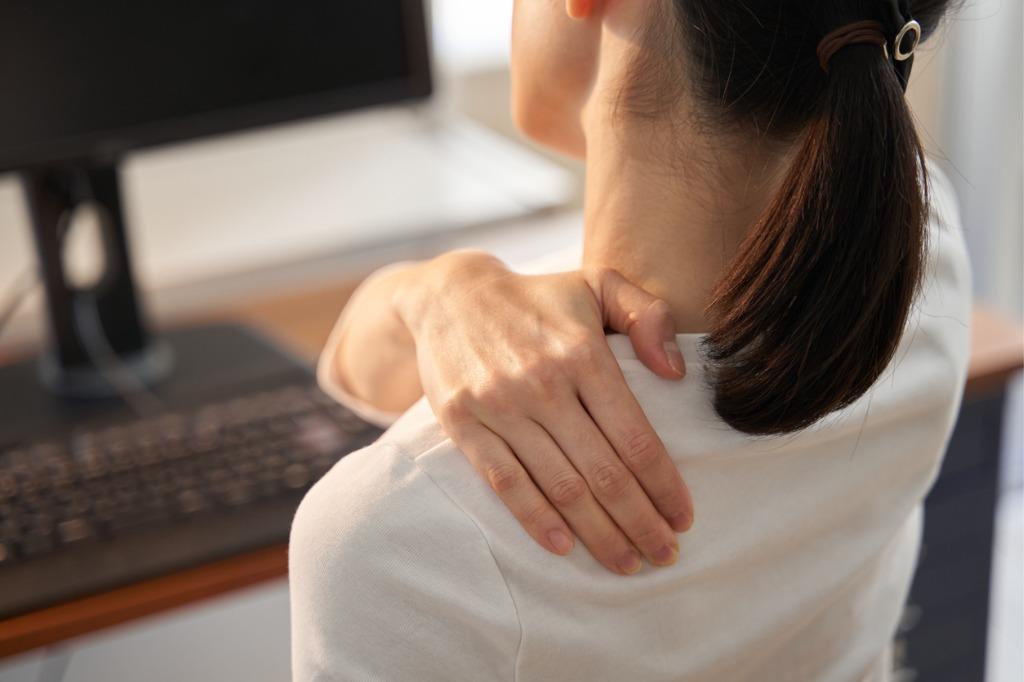5 Reasons for Knee Pain When Cycling (And What to Do About It)
Cycling is a fantastic way to stay fit, explore the outdoors, and enjoy the beautiful scenery that Missouri has to offer. But for many cyclists, knee pain can become an unwelcome companion, turning a pleasant ride into a painful experience. Whether you’re a road cyclist, a casual weekend biker, or a mountain biker tackling the Ozark trails, knee pain can limit your performance and keep you off the bike if not properly addressed. Here, we’ll explore five common reasons for knee pain when cycling and offer tips to keep your knees healthy on the road, trail, or mountain.
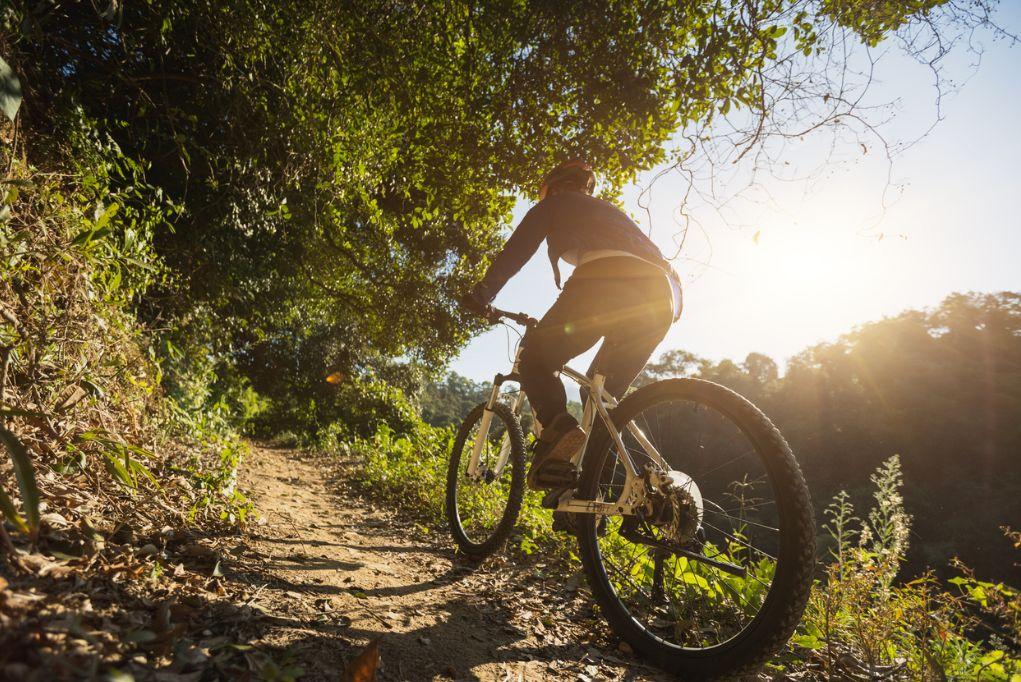
1. Incorrect Bike Fit
One of the most common causes of knee pain when cycling is an improper bike fit. A bike that doesn’t fit your body can place undue stress on your knees, especially during long rides. For example, a seat that’s too high or too low can change the angle of your knee when pedaling, leading to overuse and strain.
- Saddle Height: If your saddle is too low, it can put excessive pressure on the front of your knee. Conversely, a saddle that’s too high can overextend the knee, causing pain in the back of the joint.
- Saddle Position: Moving the saddle too far forward or backward affects your knee alignment. A saddle that’s too far forward can strain the front of your knee, while a saddle positioned too far back can strain the back of your knee.
- Crank Arm Length: Crank arm length should be appropriate for your leg length. Cranks that are too long can cause your knees to bend more, increasing the risk of pain.
Solution
A professional bike fitting can help you adjust your saddle height, position, and other components to match your body’s unique measurements. Many local bike shops in Missouri offer bike fitting services to ensure you’re set up for comfort and efficiency.
2. Overuse and Lack of Rest
Cycling, especially mountain biking, places repetitive stress on the knees. When you cycle long distances or ride on challenging trails without allowing your body time to recover, you can develop overuse injuries like patellar tendinitis or iliotibial (IT) band syndrome.
- Patellar Tendinitis: This condition, also known as “jumper’s knee,” involves inflammation of the tendon connecting the kneecap to the shinbone. It’s often caused by repetitive pedaling motions and is common in cyclists who increase their mileage too quickly.
- IT Band Syndrome: The IT band is a thick band of tissue that runs along the outside of your thigh from the hip to the knee. Repetitive bending and straightening of the knee can cause the IT band to rub against the knee, leading to inflammation and pain.
Solution
Allow for adequate rest between rides, especially after intense or long-distance sessions. Incorporate cross-training activities that don’t stress the knee, like swimming or yoga, to give your knees time to recover. Gradually increase your mileage to avoid overuse injuries.
3. Poor Cycling Technique
Even if you have the right bike fit, poor cycling technique can still contribute to knee pain. Incorrect pedaling form or posture can increase stress on the knee joint, leading to discomfort and potential injury.
- Knee Alignment: Keeping your knees aligned over your feet is crucial. If your knees are pointing inward or outward while pedaling, it can create strain on the knee joint.
- Pedal Stroke Technique: A smooth, circular pedaling motion helps distribute force evenly, reducing pressure on the knees. “Mashing” or applying force only during the downward stroke can lead to an uneven load on the knees, increasing the risk of pain.
- Core Strength: A weak core can cause instability on the bike, leading to poor posture and extra pressure on the knees to compensate.
Solution
Focus on keeping your knees in line with your feet during each pedal stroke. Practice smooth, circular pedal strokes, and consider strengthening your core muscles to improve stability. Working with a cycling coach can help you refine your technique for long-term knee health.
4. Insufficient Warm-up and Stretching
Jumping on your bike without warming up can increase your risk of knee pain, especially if you’re mountain biking or cycling at high intensities. Cold, tight muscles around the knee may not be able to handle the demands of cycling, leading to strain and discomfort.
- Tight Quadriceps and Hamstrings: The quadriceps and hamstrings play a key role in controlling the knee joint. If these muscles are tight, they can pull on the knee and create imbalances.
- Calf and Hip Flexor Stiffness: Tight calves and hip flexors can also contribute to poor knee mechanics and strain on the joint.
Solution
Before heading out, take a few minutes to warm up with dynamic stretches that target the lower body, such as leg swings, lunges, or high knees. Stretching the quadriceps, hamstrings, calves, and hip flexors after cycling can also help prevent tightness and improve flexibility.
5. Challenging Terrain and Increased Intensity
Mountain biking is popular in Missouri thanks to its beautiful trails and diverse terrain, but it can be tough on the knees. The rugged terrain, steep climbs, and frequent need to adjust your position can put extra stress on the knee joint. Additionally, the higher intensity of mountain biking compared to road cycling can increase your risk of overuse injuries.
- Hill Climbing: Climbing steep hills requires more force from your legs, putting extra pressure on the knees.
- Technical Trails: Navigating technical terrain requires constant adjustments in position, which can strain the knee joint, especially if your muscles are fatigued.
- High Gear, Low Cadence: Riding in a high gear with a low cadence (slow pedaling speed) forces you to apply more force to each pedal stroke, which can strain the knee.
Solution
To reduce knee strain while mountain biking, shift to a lower gear and maintain a higher cadence (faster pedaling speed) when climbing or tackling challenging sections. This will distribute the load more evenly and reduce stress on your knees. Additionally, building leg strength through cross-training can help you handle the rigors of mountain biking more effectively.
Preventing Knee Pain When Cycling
Addressing these common causes of knee pain can help you enjoy a pain-free cycling experience. Here are some general tips for preventing knee pain when cycling:
- Build Up Gradually: Whether you’re increasing your mileage, intensity, or frequency, take it slow. Give your knees time to adapt to higher demands.
- Strengthen Supporting Muscles: Regularly perform exercises that target the quadriceps, hamstrings, glutes, and calves. Strengthening these muscles helps support the knee joint and improves cycling efficiency.
- Stretch Regularly: Incorporate regular stretching or foam rolling to keep your lower body muscles flexible. This can improve your range of motion and reduce strain on the knee.
- Stay Hydrated: Dehydration can lead to muscle cramps and stiffness, which can affect your cycling form and increase the risk of knee pain.
- Listen to Your Body: If you experience knee pain while cycling, don’t ignore it. Take a break and allow your body to rest and recover. Persistent or severe pain should be evaluated by a healthcare professional.
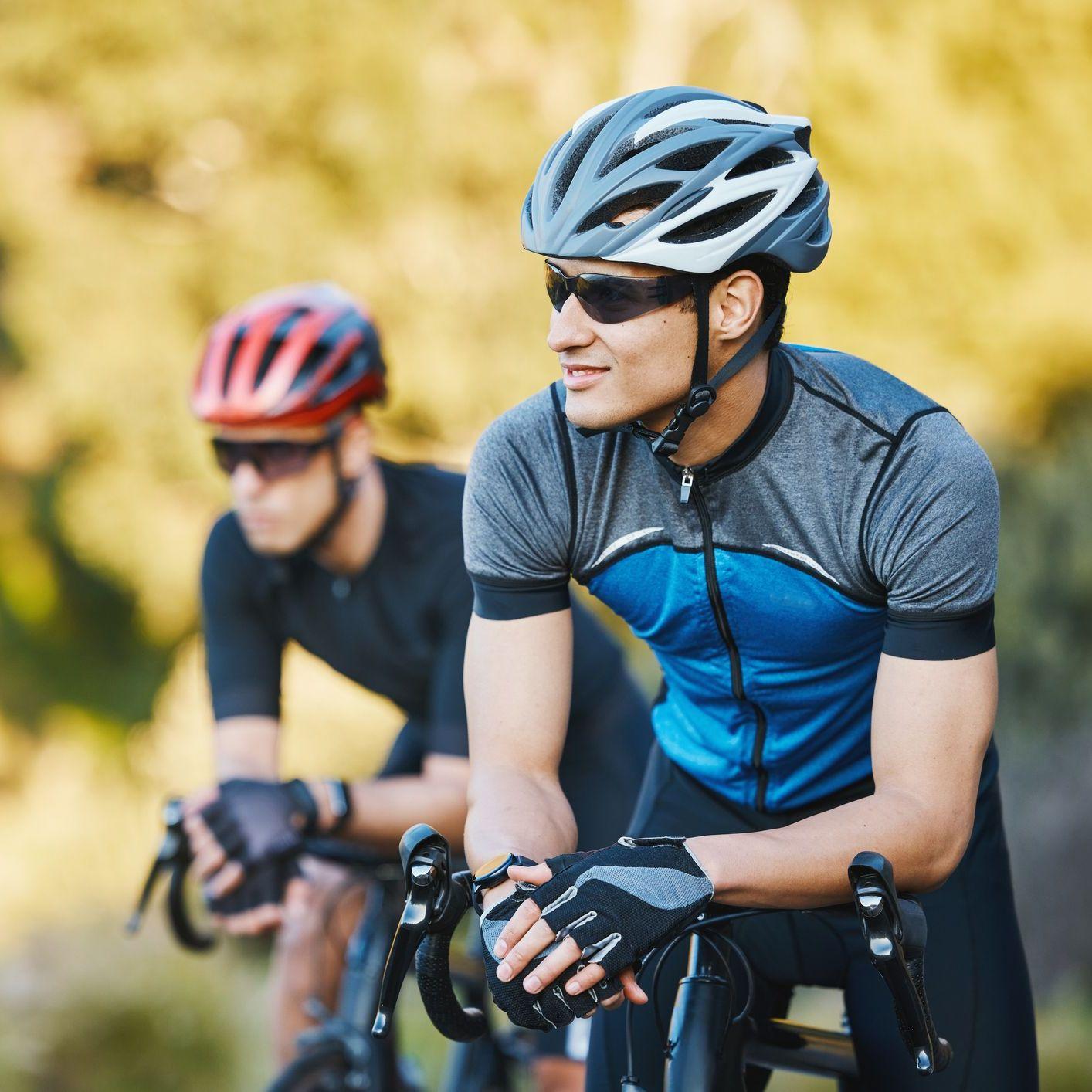
When to Seek Help for Knee Pain When Cycling
If knee pain persists despite making adjustments to your bike fit, technique, or training routine, it’s essential to seek medical attention. Chronic or untreated knee pain can lead to long-term issues and keep you from enjoying the activities you love. At Motion Orthopaedics, our team specializes in diagnosing and treating knee pain to help you get back to pain-free cycling as quickly as possible.
Keep Cycling Strong with Motion Orthopaedics
Knee pain doesn’t have to keep you off your bike. Motion Orthopaedics is here to help you enjoy your rides — whether on the road or mountain trails — without discomfort. Our orthopedic doctors can assess your knee health, identify the root cause of your pain, and create a personalized treatment plan tailored to your needs. Contact us today to schedule an appointment and keep your knees strong and resilient on every ride.

